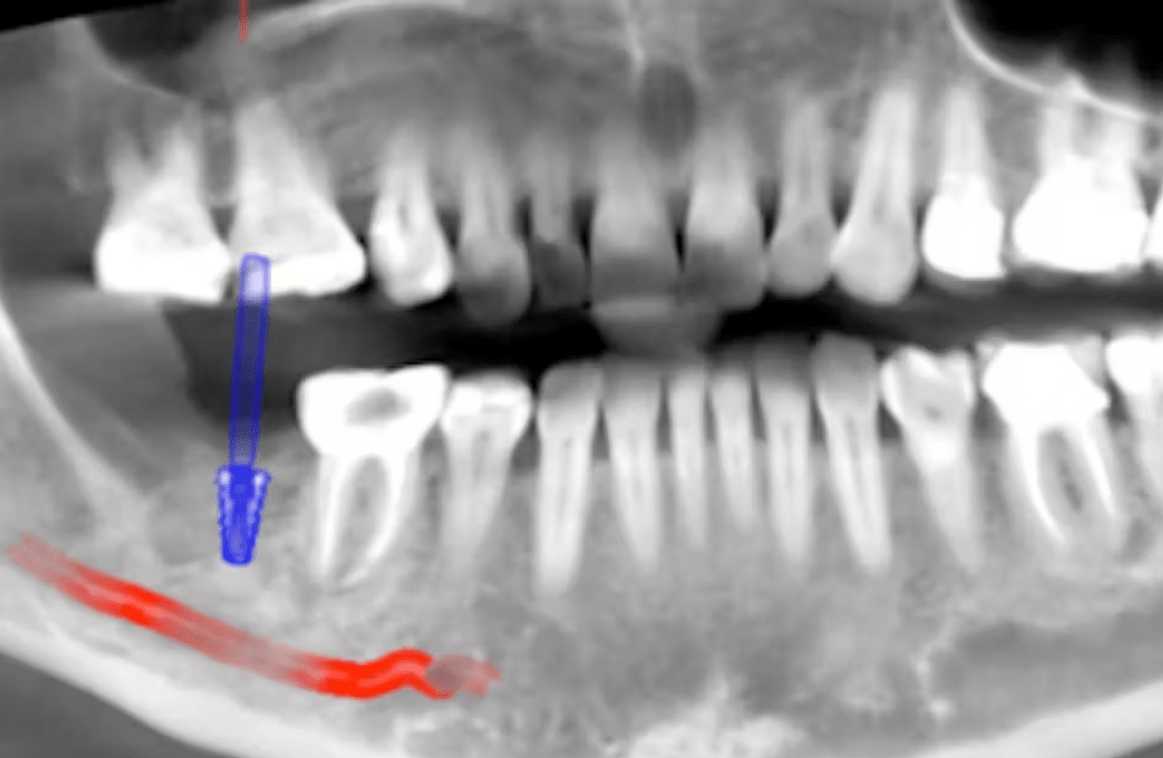CBCT is now more common as compared to traditional X-rays. Modern methods of treatment are more appreciated by patients, and naturally, medical experts make use of sophisticated technology.
A new generation of CT machines has been introduced in the modern and sophisticated healthcare industry, commonly known as CBCT (cone-beam CT). These new machines do have a few key differences from traditional medical CT and are, of course, gaining popularity in hospitals and imaging centers all across the country due to their advanced features, improved image quality, and lower radiation doses than standard X-rays.
But how do CBCT machines compare to traditional X-rays is an issue that needs to be highlighted.
What is CBCT, and when is it recommended?
CT scans happen to be one of the most common types of medical imaging. They do make use of X-rays to show detailed pictures of the body, which are then combined in order to create cross-sectional images.
The two major types of CT scans are, no doubt, computed tomography (CT) and cone beam computed tomography (CBCT). Unlike traditional CT scanners, in CBCT, an X-ray tube as well as the detector panel rotate around the patient, thus capturing data with a cone-shaped X-ray beam instead of the “slices” CT scanners are typically known for.
The data received from these systems is used to reconstruct 3D images, predominantly in the following specialties:
- Dental (teeth)
- Ears, nose, and throat (ENT)
- Oral/maxillofacial region (mouth, jaw, sinuses)
- Spine (upper cervical)
CBCT Scanner vs Traditional CT Scanner
Technically, scanners as well as CBCT do fall under the same category: computed tomography. But there are significant differences. Traditional CT does use a high-output, rotating anode X-ray tube. Cone beam tomography makes use of a low-power medical fluoroscopy tube that does provide continuous imaging throughout the scan.
Traditional computerized tomography does record data with a fan-shaped X-ray beam onto image detectors arranged in an arc around the patient, thus producing a single slice image per scan. Each slice must overlap slightly in order to properly reconstruct the images.
The advanced cone beam technology does make use of a cone-shaped X-ray beam that transmits onto a solid-state area sensor for image capture and, in the process, produces the complete volume image in a single rotation.
Radiation levels: which is the safest alternative?
The single-turn motion image capture that is used in CBCT is quicker than the traditional spiral motion of the medical CT scanner and can be accomplished at a lower radiation dose as a result of no overlap of slices. This type of imaging does expose a patient to less radiation than traditional CT scanners.
It also tends to provide greater accuracy in diagnosing the condition being treated. For instance, when scanning of the head or neck is being done the sensitivity of CBCT to subtle changes in anatomy makes it a useful tool for diagnosis.

Also, the lack of ionizing radiation does imply that it is safe for pregnant women as well as young children. It happens to be cost-effective. With such factors being considered, CBCT has in fact become the preferred choice for several patients in need of fast, accurate imaging without any kind of exposure to harmful radiation levels.
The focus is on delivering the highest-resolution imaging on the market while lowering patients’ radiation exposure. Cone-beam computed tomography is considered to be the best imaging technique in order to assess infra bony defects, furcation lesions, the height of the alveolar bone crest, as well as the periodontal ligament space.
Conclusion
Thus, the introduction of cone-beam computed tomography (CBCT) devices changed the way oral and maxillofacial radiology is practiced. CBCT was no doubt embraced very rapidly in dental settings on account of its compact size, low cost, and low ionizing radiation exposure as compared to medical computed tomography. Traditional X-rays are now less popular.


